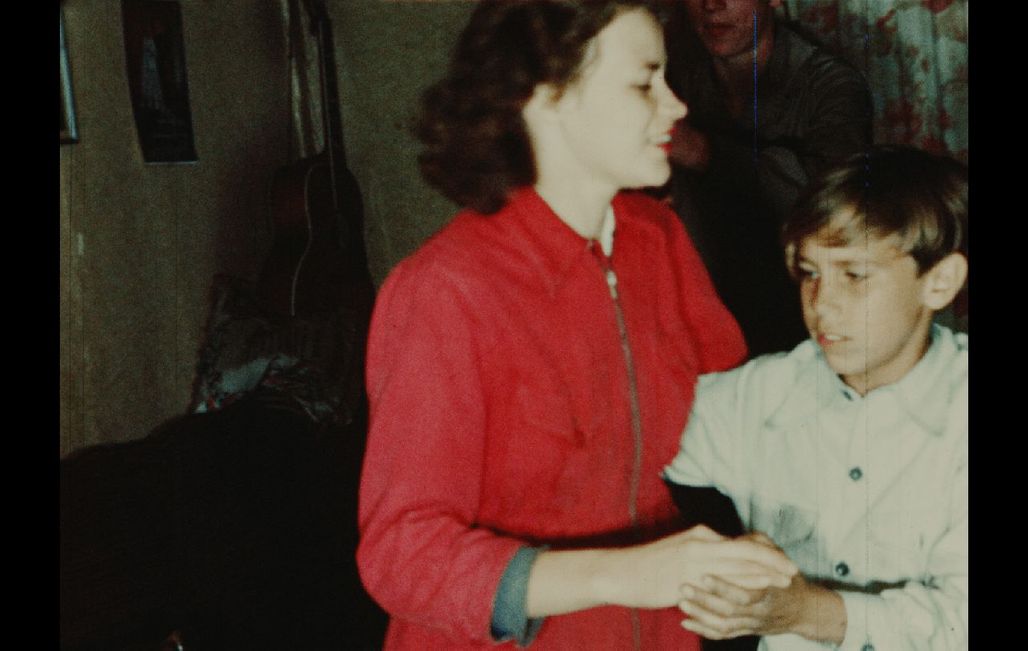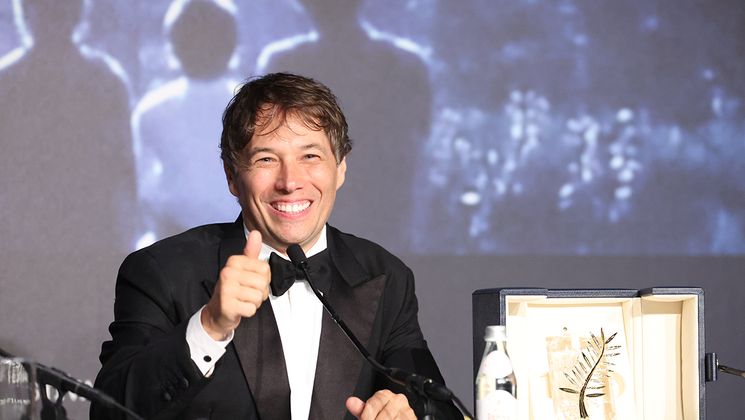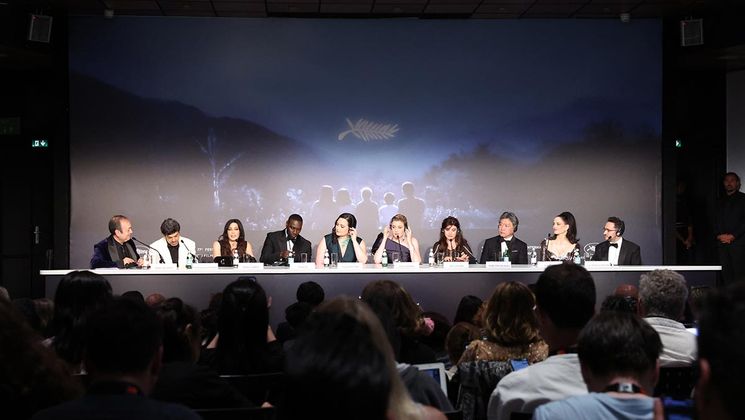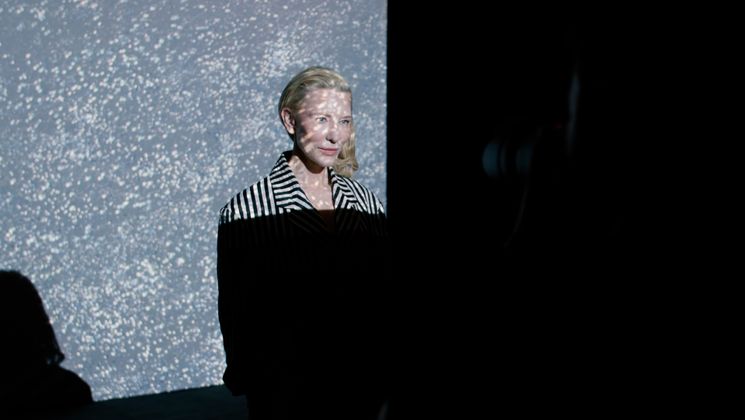
André Bonzel, retracing a life in film

In Et j’aime à la fureur (Flickering Ghosts of Loves Gone By), the codirector of 1992 cult film C’est arrivé près de chez vous (Man Bites Dog) reflects on his existence and his love of the silver screen in a playful montage of personal and amateur images, set to music by Benjamin Biolay. The result is a personal and introspective account in which he also delves into his family history.
How did you come up with the idea for this film?
I felt an urge to share my passion for the amateur films I collect. As cinematographic objects, they are truly unique. These anonymous creators film snippets of their lives, sometimes in an awkward or clumsy way, but the film captures the feelings. It seemed a shame to leave them in storage. I also wanted to make a film at all costs. I started in 2014, purchasing film reels specifically to make it.
When did your obsession with amateur films start?
When I was 15 years old. A friend's dad was showing us Keaton and Chaplin movies during the holidays and I immediately wanted to do the same. I wanted to have a projector and some films. My passion for cinema translated into a desire to make films, but also to acquire them.
Where do the reels you used come from?
Some belong to my family. Others are Super 8 films that I shot as an aspiring filmmaker. Then there are the ones that I bought, usually at flea markets. I worked with Super 8, old 9.5mm – some dating from the 1920s -, 35mm, and 16mm.
Choosing the sequences must have been a mammoth task…
Sometimes I had to go through hundreds of reels in which nothing interesting happens, before finding one that would fit the narrative. The particularity of amateur films is that you sometimes get seemingly endless events that are really poorly filmed. And suddenly, you find something wonderful. Curiously, amateur cinema continues to chronicle our lives today. Nowadays people can shoot very high quality images with their phone. It calls into question what we film, and by extension, what will remain of our lives.
What was your common thread?
My main thread was that all the characters share the same desire to want to make films. I selected the films that needed to be digitised and I edited a first three-hour section myself. I then worked with two successive editors. Sometimes I had to force myself to leave certain characters aside.
What did you try to show through the film?
My truth. I wanted to tell my life and the story of my family, which I don't really know very well. My mother came from a very Christian family in which very little was spoken about, so I didn't have many documents. The film helped me to come to terms with my family history a bit.
Benjamin Biolay's music is a character in its own right…
Benjamin really was of the utmost class and generosity. He asked me what I wanted and I gave him some directions, while encouraging him to have fun with it. I didn't hear from him for a while and suddenly he came back to me with some incredible pieces. There are several moments of beauty between the music and images. His collaboration was a gift.


